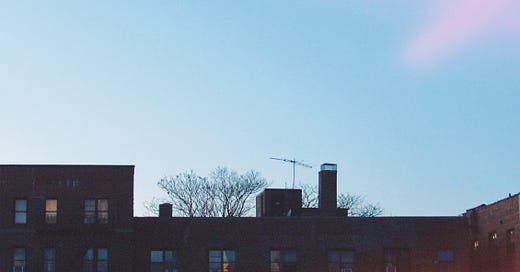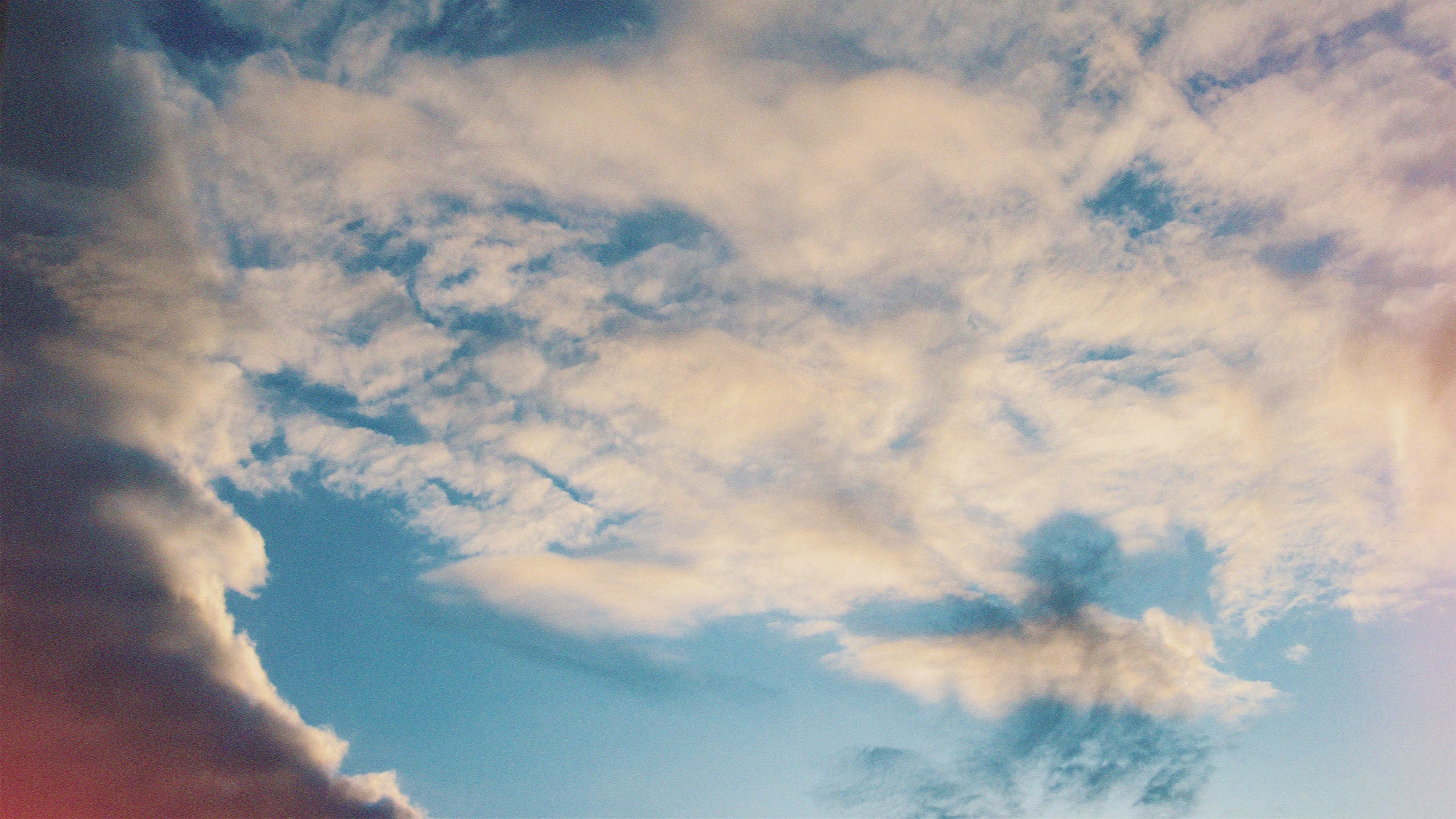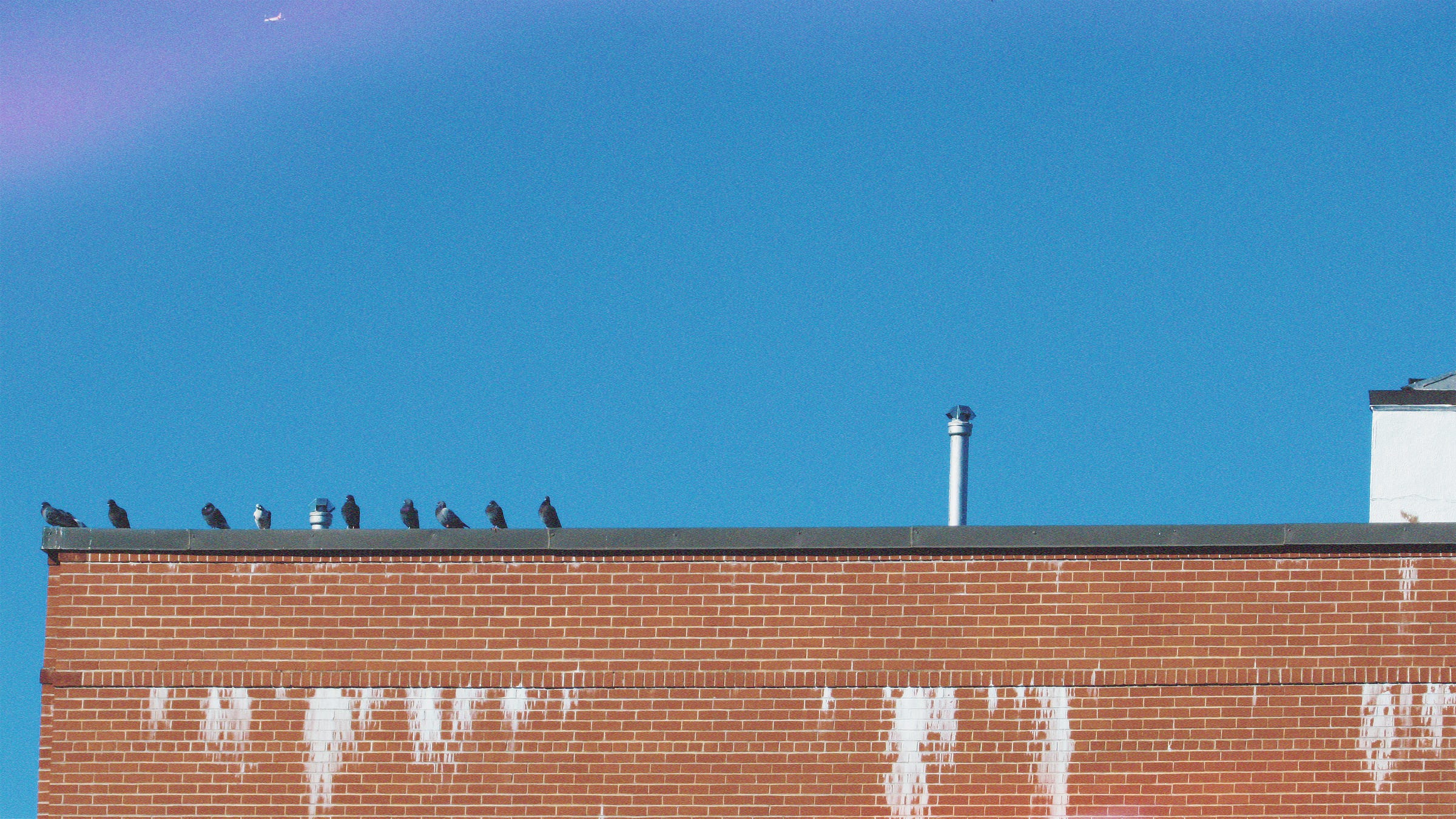I loved being outside as a little girl.
I loved being in people’s business, watching people on streets, bikes, people selling pastelitos or meat and bread on sticks and older kids and teens outside with no adult supervision. I loved the hydrants and the Caribbean aunties with their tiny dogs and the smell of different restaurants up and down 198th Street. I loved the bodegas and shops that once existed on both sides of the Concourse, little immigrant community vendors selling stationary papers, pens, journals, candies, and treats from around the world.
I love the communities that exist here. Still.
I love the people who are here—still—who never had the privilege or desire to leave. I love the people who call this borough home, still, in a world built around the violent rupturing and displacement of our communities and lands—the people who save and love and fight for the Bronx again and again and again.
The Bronx is changing. New York City is changing.
I document my city, even when the noises and conversations and sirens are too much, overstimulating already deregulated bodies and systems; even as police presence and helicopters increase; even as more and more white faces force themselves into our spaces and buildings. I want to remember everything about this neighborhood.
Outside, small shops, salons, restaurants, and bodegas shut down; a few burned down. Supermarket names change and buildings that have been here for over 30 years are destroyed, all to entice violent gentrifiers, developers, or corporations who ignore the needs of our communities and roam our streets in search of the next housing steal.
I watch firefighters train, climbing up and down buildings and fire truck ladders. I watch as they carry each other up and down a rope dangling from the roof of their building. I hear the almost daily sirens of their trucks responding to yet another Bronx fire.
Back in December, I reported on fires that occurred throughout the borough last year. We need to analyze and understand how the burning of our homes and shops is connected to the Bronx’s housing crisis, rising food insecurity, and closing of social services offices. My partner helped me create a digital map listing fires that occurred in 2023. Unfortunately, Google erased this data. All that remains now are screenshots of the map. I will keep tracking these fires and re-create the digital maps.
Outside, I think about the fires of the 1970s, about the cycles of violence and ruptures, joy and grief these lands experienced since colonizer violence against indigenous communities. Bronx hospitals, urgent care centers, and community doctors are all overburdened. The pandemic continues. Our bodies and systems moving, always moving, from one crisis to another.
Always moving, rupture after rupture, the Bronx changes. New York City changes.
I am thinking about cosmological ruptures after attending a reading group at the Museum of Modern Art led by writer, activist, and scholar Zoé Samudzi. She talked about the work of South African photographer Ernest Cole and analyzed his work alongside the writing of Panashe Chigumadzi and Mahmoud Darwish, a Zimbabwean novelist and essayist and a Palestinian poet, respectively.
I have followed Samudzi’s work for years. Her writing has covered anarchism, racial capitalism, and colonialist violence, and she has written on the art of Sadie Barnette, Donald Rodney, and Quay Quinn Wolf. In 2018 she and writer and author William C. Anderson published As Black As Resistance: Finding the Conditions for Liberation. The book is an expansion of their 2017 essay for ROAR Magazine, “The Anarchism of Blackness.” Samudzi and Anderson write about “the failings of American liberalism” and what it means to respond to the rise of fascism in America, a country where Black people “are residents in a settler colony predicated upon the genocide of indigenous people and the enslavement of the Africans from whom they are descendants. Residents in the United States, as opposed to citizens of.”
They write: “The mechanisms working against us do not entertain our humanity: they are hyper-violent. They deal death and destruction in countless numbers across the non-Western world while turning domestic Black and Brown neighborhoods into proxies for how to treat sub-citizen ‘others.’ The militarization of police, border regimes, stop-and-frisk and ICE are clear examples of how the state regards the communities it targets and brutalizes.”
In late February, Samudzi was part of a panel with Samah Sisay, JD and Mohammed Nijim, titled “Testimonies of Genocide: Legal Recognition and Decolonial Politics,” where the panelists discussed the ways in which Palestinians document the mass settler colonialist violence they are experiencing. Samudzi described the tension between Palestinians needing to tell their stories to be believed or supported versus the cruelty of having to share the very genocide they presently experience; and how indigenous people are often not depicted as experts of their own history.
I am grateful for how her work challenges me to think about the global intersections of visuality, storytelling, settler violence, and anti-blackness.
At the MoMa, Samudzi discussed Cole’s House of Bondage along with Darwish’s “To Our Land” and Chigumadzi’s “The Cry of Black wordlessness.” I’ve read Darwish’s work on and off since October 7, but I wasn’t familiar with Cole or Chigumadzi. Cole’s art is stunning, and the photographs connect Black life in South Africa to life in New York City. Both texts touch on land, death, dispossession, the settler structure and its violence. From “The cry of Black worldlessness”: “Our ancestors cried that it was not only Black people who suffered a social death, but the land, indeed, the world, suffered death too. Our ancestors’ cries of the end of the world sounded a cosmological rupture that reverberates across generations, and could be heard throughout the land as their dispossessed descendants wielded the unrest and protest that decisively called the end of the ‘post’-apartheid rainbow—the end of a world in which they have no stake in, the end of a world built by their continued dispossession.”
A cosmological rupture. Cosmological rupture, a break, to burst suddenly. A disturbance, related to the origin and development of the universe and how it began. A tearing, expansion—rupture. Chigamudzi describes anti-Black violence and displacement as something so deep and profound it alters/goes against the cosmos, the natural, Godly, divine order of the universe.
A diasporic rupture against land and people, from America to the Caribbean to South Africa to Palestine to Sudan.
What does it mean to move and move and move? Always moving, rupture after rupture?
I write most of this essay during Holy Week.
Some days I sit on my window ledge, feet on my fire escape, alternating between writing and taking photos of the buildings and sky around me. As the days warm, I open every window in my home and watch people hang and stare out their windows and fire escapes for hours throughout the day. Teenagers and children crowd our blocks, yelling and laughing. Grandmothers and toddlers walk to mosques and churches and food lines.
The sun is out longer. Some days I stand outside my building and smoke. I see and talk to neighbors I have not seen for months. We all have the same concern: our rent is going up this summer.
I watch the community move around me. I think about what it means to settle on indigenous land, displacing indigenous communities and forcing them to move away from the lands they steward, care for, love, and sacrifice for, throughout time and place and history. I think about what it means to listen to my community, to learn from the elders in my neighborhood, the vendors, and the religious leaders who feed families.
I spend Easter with my family. We talk about the first departures from the Dominican Republic to New York City. My family and I have settled over many small parts of the Bronx over decades. We moved from one building to the next, even a house throughout my teens. These homes are not far from one another, yet the distances feel massive. So much of my world, for so many years, existed no farther than four or five blocks spreading up and down the Concourse; from one part of the northern Bronx to another and back again. We talk about the ways we have moved and survived throughout and outside our home country and this city, sharing the different relationships each of us has with both lands—the ruptures.
I can’t stop thinking of Chigamudzi’s essay; the ruptures of anti-black colonialist violence. Days after Easter I think and write about these ruptures, the worldlessness of our diaspora the essayist describes. I carry a lot of grief this week, my own, that of the Dominican women and femmes in my family and community. For the ways we must always search for homes and safety.
I think about the communities and lands here, lands my family and countless others before and after us settled onto. All of us ruptured from our homes. A life built around worldlessness. Displacement.
The Bronx is changing










what a beautiful and great reflection, thank you for sharing. you banned so many emotions that in carried while living there in such a beautiful thread. instant subscribe. thank you.
i’ve never been to the bronx, but your writing feels like you’ve dropped me in the middle of it. i can see it, hear it, smell it, touch it. this is such inspired writing olga. i am so moved. thank you, thank you, thank you.